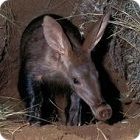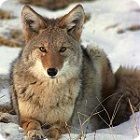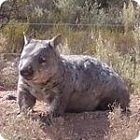desert Animals

Desert animals survive in some of the most brutal of Earths environments with amazing physical adaptions.
Special bodies for special circumstances help keep creatures like the camel and the meerkat alive and well in habitats and conditions that seem inhospitable.
What is a desert? And what are these unique tools that help these desert animals survive?
Well the adaptions of desert animals isn't as simple as handling the extreme heat, because although extreme temperatures occur, the definition of a desert is an environment with a lack of precipitation, a lack of water, not high temperatures. In fact, it can get very cold in the desert - and it can even snow!
Here are just some of the incredible animals that live in the desert, and call places like the Mojave, the Sahara and the Gobi their home...
what is a desert?
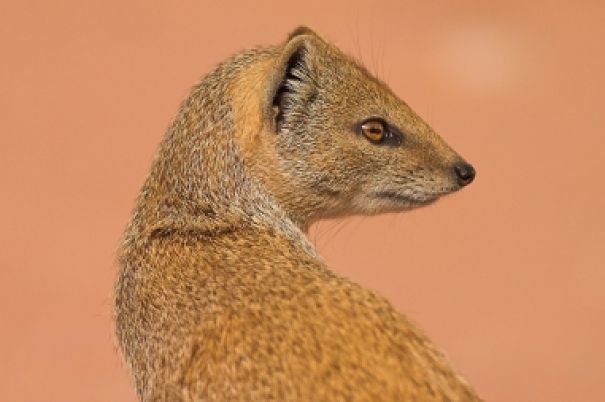
The word "desert" may make you think of sand dunes and excruciating heat, but only about 1/4 of the world's deserts are covered in sand, and parts of Antarctica engulfed in freezing ice and snow actually qualify as desert. The factor that truly determines a desert is how dry it is, not how hot it is.
There are two common explanations for what a desert is. The most common is an area that receives less than 10 inches of rain annually.
The other, and perhaps more technical and scientifically accepted explanation of what a desert is, involves evaporation. According to the Koppen system of climate classification, a desert is any area where more water is lost through evaporation than is gained through precipitation.
Ultimately, the amount of rain or snow varies greatly in deserts.
Some, like the Chihuahuan desert, which makes up a large part of the South West United States and Northern Mexico, has a summer monsoon season of heavy rains, but the rest of the year is nearly completely dry.
Some areas like Cairo, Eqypt have very meager rainfall scattered throughout the year, with slight, seasonal peaks and valleys.
And some areas, like Dry Valleys, Antarctica, have not had any precipitation in about 2 million years.
Generally, low rainfall means limited growth potential for plant-life. Because there are less roots in the soil, the landscape becomes less permanent, and hills and dunes may be formed, moved and made to disappear by strong winds.
Another idea about deserts is that they are barren, and unable to support life, but actually many people and animals live and thrive in many desert environments, having adapted in various fascinating ways to their special home.
And consider that human civilization was born in the deserts of the Middle East.
Does it snow in the desert?
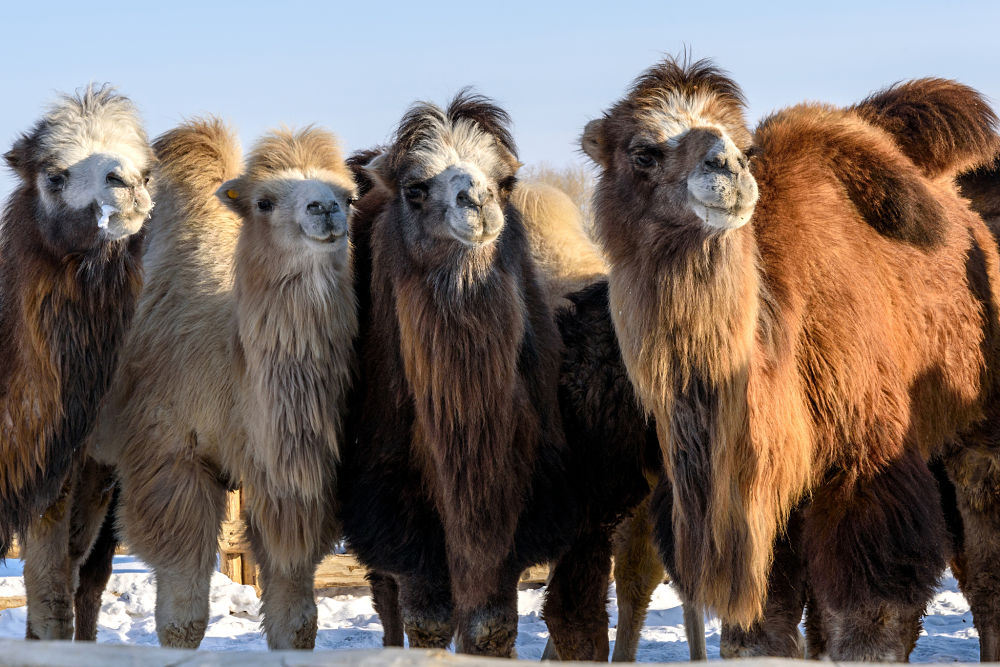 Bactrian camels in the snow
Bactrian camels in the snowRemember, temperature is not the factor that decides whether a region is desert or not, and some of the coldest places on Earth are desert. So yes, it certainly does snow in the desert.
In fact, it snowed 3 years in a row in Saudi Arabia from 2013 to 2015. Some arctic deserts are so cold that snowfall hasn't melted in thousands of years, and one of the most famous of all desert animals the Bactrian camel, (the one with 2 humps!) is native to the mountains of the Gobi desert, where snow is fairly common. That's why they are so furry!

a few more desert Animal facts
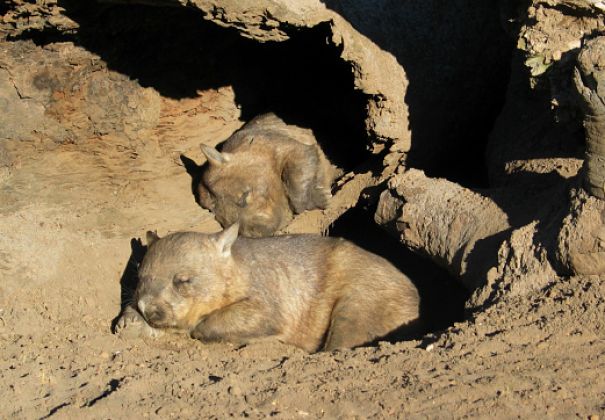
- The mongoose can kill a cobra
- The camel can go for 6 months without a drink of water
- The 4 to 5ft long African cheetah has a 20ft stride - Amazing!
- African Aardvarks are living fossils not having changed for millions of years.
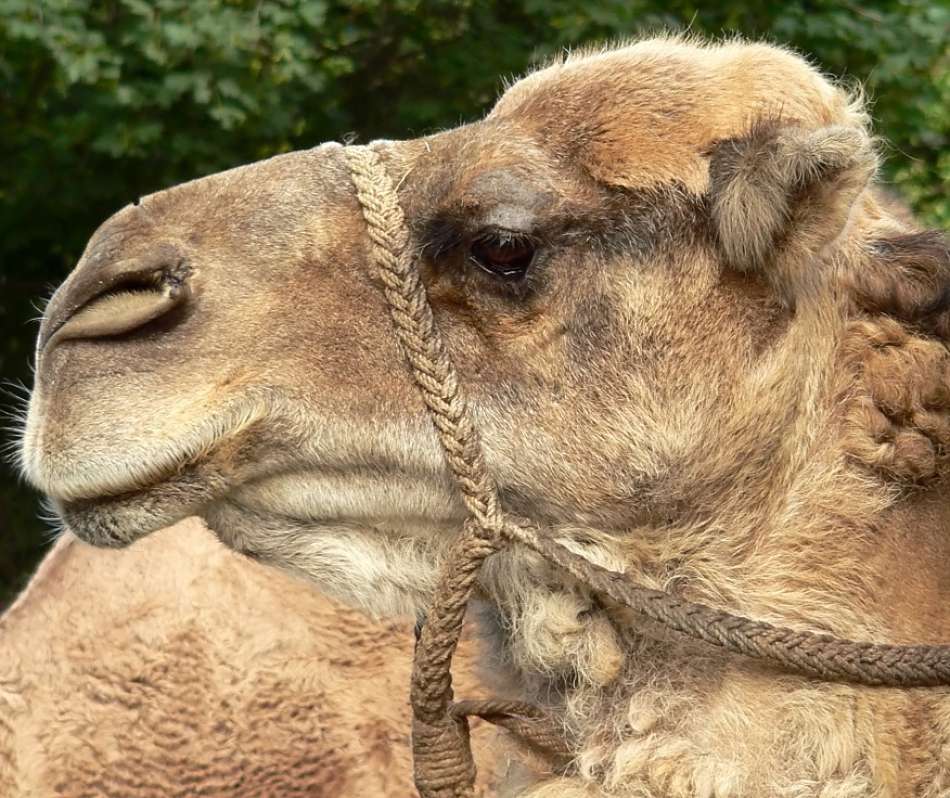
Recent Articles
-
African Animals - Animal Facts Encyclopedia
Oct 11, 16 10:27 PM
African Animals facts photos and videos..Africa is a wonderland for animal lovers, and a schoolroom for anyone who wants to learn about nature, beauty and the rhythm of life -
Baboon Facts - Animal Facts Encyclopedia
Oct 11, 16 10:26 PM
Baboon facts, photos, videos and information - Baboons are very distinctive looking monkeys with long, dog-like snouts and close set eyes. -
Great Apes Facts - Animal Facts Encyclopedia
Oct 11, 16 10:25 PM
Great apes facts, photos and videos..Human beings did not evolve from chimpanzees, modern chimps and gorillas do not appear in the fossil records until much more recently than homo sapiens..
